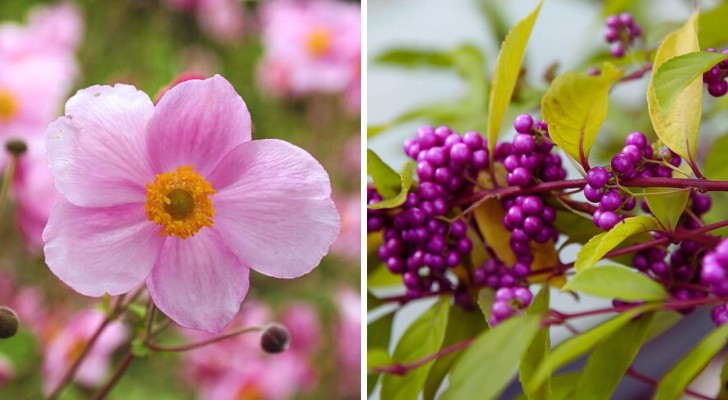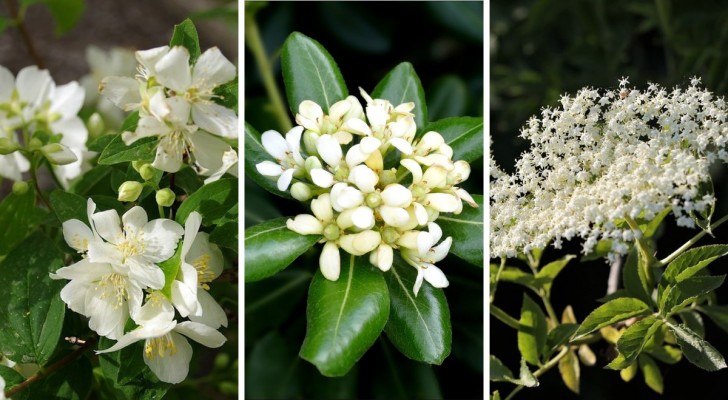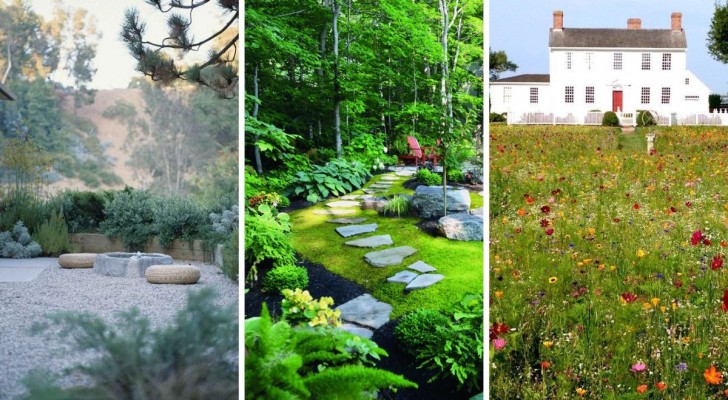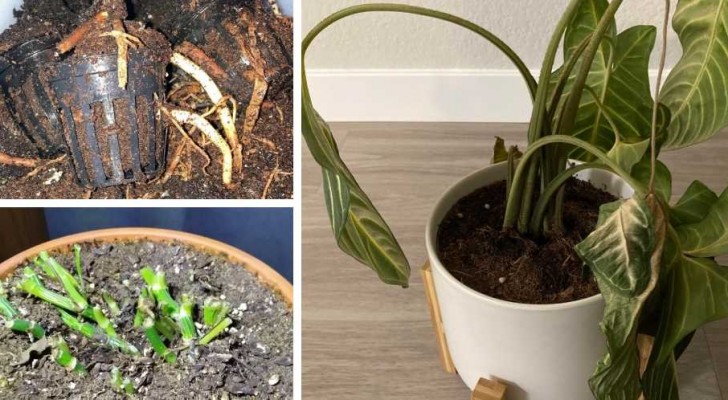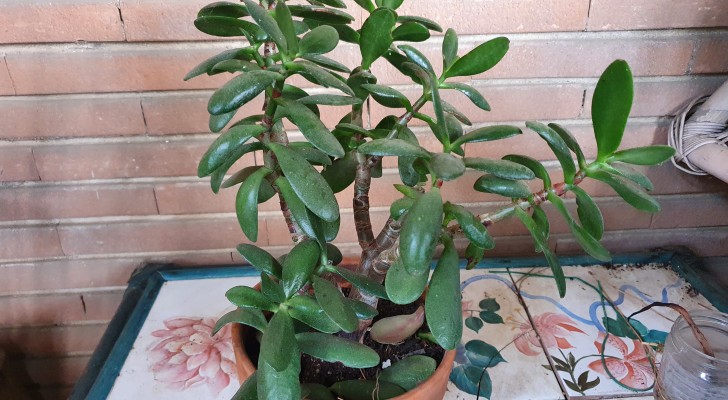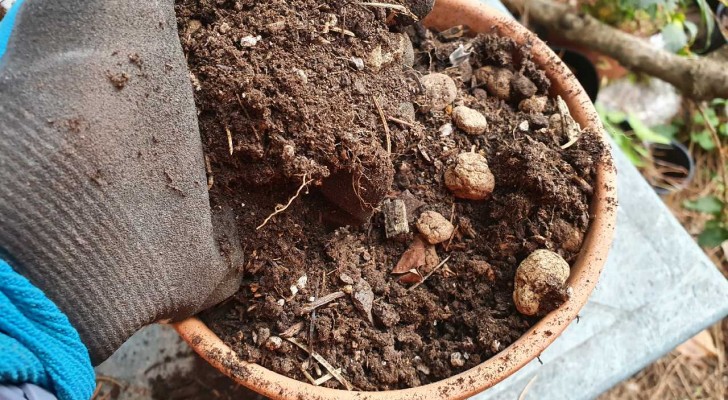Keyhole gardens: economical, beautiful and self-sufficient structures, saving precious resources
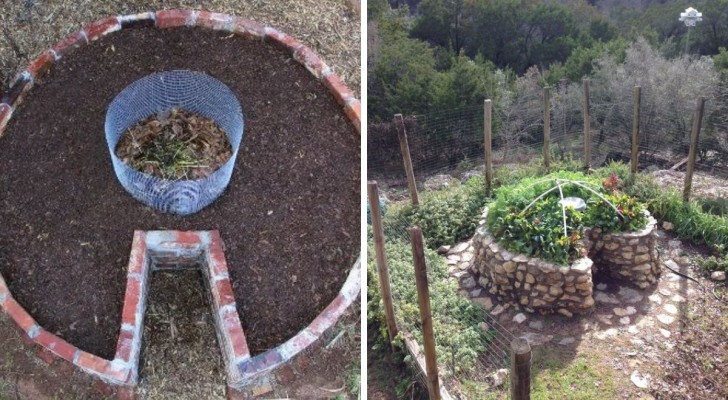
"Keyhole gardens" are an invention of the 90s which started in Africa, and have gained popularity all over the world now. Basically, they are raised flowerbeds, and owe their name to their shape (which looks like keyhole).
Their strength lies in the fact that they optimize resources, needing to be watered less often, and at the same time, they also optimize space, making it easier to manage the flowerbed itself.
You can build them with many different materials, and you can also play around a bit with the overall shape. They could become the sensational new addition to your garden - perhaps for a vegetable patch or a bed of aromatic herbs. Read on to find out more:
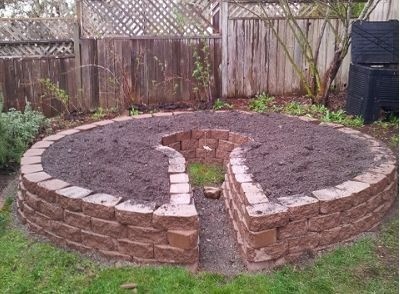
The first examples of keyhole gardens appeared in the 1990s, invented by the inhabitants of Lesotho, a small South African nation very prone to drought and soil erosion. This type of flowerbed, therefore, was an efficient solution to the scarcity of local resources, guaranteeing the people would have a source of nourishment.
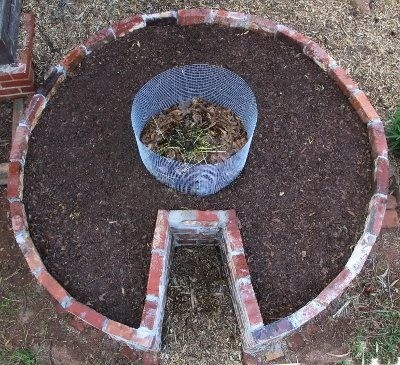
In these flowerbeds, new plants feed on those that are decomposing, in a continuous cycle that minimizes waste. In fact, a compost bin is placed in the center of the keyhole, which can be made in various ways. This bin constantly feeds the ground, and the whole flowerbed can be built using only a few materials, quickly and cheaply.
If water is used wisely - perhaps taking advantage of rainwater and water that is used at home (not salty), then consumption can be reduced to almost zero.
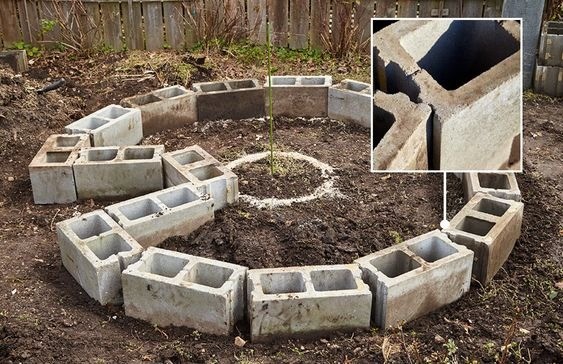
Tutorial via gardengatemagazine.com
The structure of these flowerbeds normally involves building a wall in the shape of a circle, with a recess (the "lock"). Think of it a bit like a drawing of a cake that is missing a slice. The recess is needed so you can comfortably work on the flowerbed.
The retaining wall is generally made of bricks, breeze blocks, cinder blocks or even stones and rocks.
Online, you will also find examples of fenced-in flowerbeds built using many different techniques.
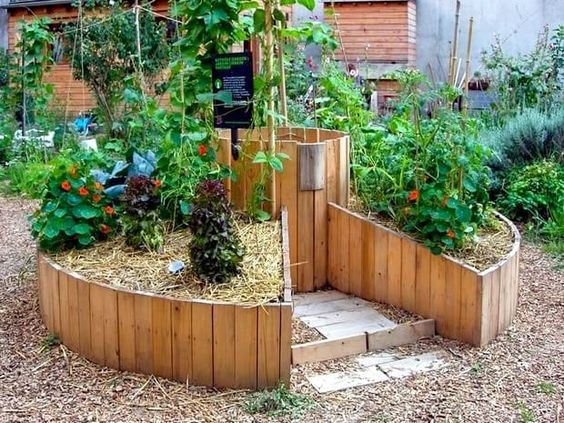
Tutorial via familyfoodgarden.com
There are tutorials on, for example, how to create a beautiful raised flowerbed using wood.
But stone versions are also very beautiful. And you can also plant decorative flowers instead of edible greens.
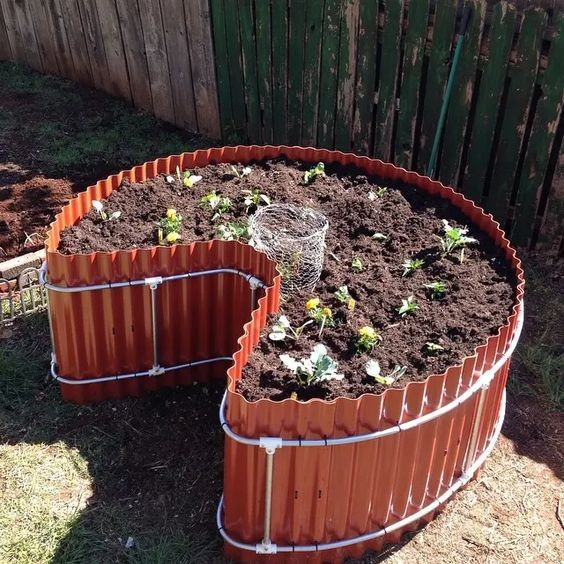
Corrugated iron sheeting reinforced with PVC pipes is another economical and effective idea.
The overall shape can also be changed a little: there are, for example, horseshoe-shaped flowerbeds. The important thing is that the recess in the center is not missing.
The square ones are very cute too!
They can be built in many ways, but you will always have a self-sufficient, mini-garden.
Would you like to create your own self-sufficient, keyhole veggie patch?
